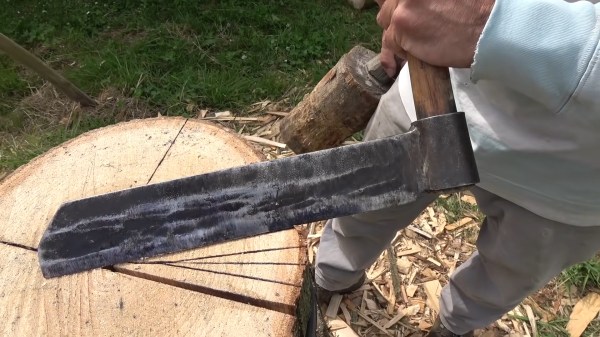The Sun has been remarkably active lately, so much so that it might have set a new sunspot record. According to the sun watchers at the Space Weather Prediction Center, on August 8, the Solar Dynamics Observatory snapped a picture that was positively bedazzled with sunspots. Counting methods vary, but one count put the sunspot number at a whopping 337 that day. That would be the largest number since 2001, during the peak of Solar Cycle 23. The sunspot number is highly correlated with solar storms and coronal mass ejections; more spots mean more magnetic activity and more chance for something to go very, very wrong. We’ve been pretty lucky so far with Solar Cycle 25; despite being much more active than the relatively lazy Cycle 24 and much stronger than predicted, most of this cycle’s outbursts have been directed away from Earth or only dealt us a glancing blow. Seeing all those spots, though, makes us think it’s only a matter of time before we get hit with something that does more than make pretty lights.
shingle2 Articles
Making Wooden Shingles With Hand Tools
While they have mostly been replaced with other roofing technologies, wooden shingles have a certain rustic charm. If you’re curious about how to make them by hand, [Harry Rogers] takes us through his friend [John] making some.
There are two primary means of splitting a log for making shingles (or shakes). The first is radial, like one would cut a pie, and the other is lateral, with all the cuts in the same orientation. Using a froe, the log is split in progressively smaller halves to control the way the grain splits down the length of the log and minimize waste. Larger logs result in less waste and lend themselves to the radial method, while smaller logs must be cut laterally. Laterally cut shingles have a higher propensity for warping and other issues, but will work when larger logs are not available.
Once the pieces are split out of the log, they are trimmed with an axe, including removing the outer sapwood which is the main attractant for bugs and other creatures that might try eating your roof. Once down to approximately the right dimensions, the shingle is then smoothed out on a shave horse with a draw knife. Interestingly, the hand-made shingles have a longer lifespan than those sawn since the process works more with the grain of the wood and introduces fewer opportunities for water to seep into the shingles.
If you’re looking for something more solarpunk and less cottagecore for your house, maybe try a green solar roof, and if you’ve got a glass roof, try cleaning it with the Grawler.













